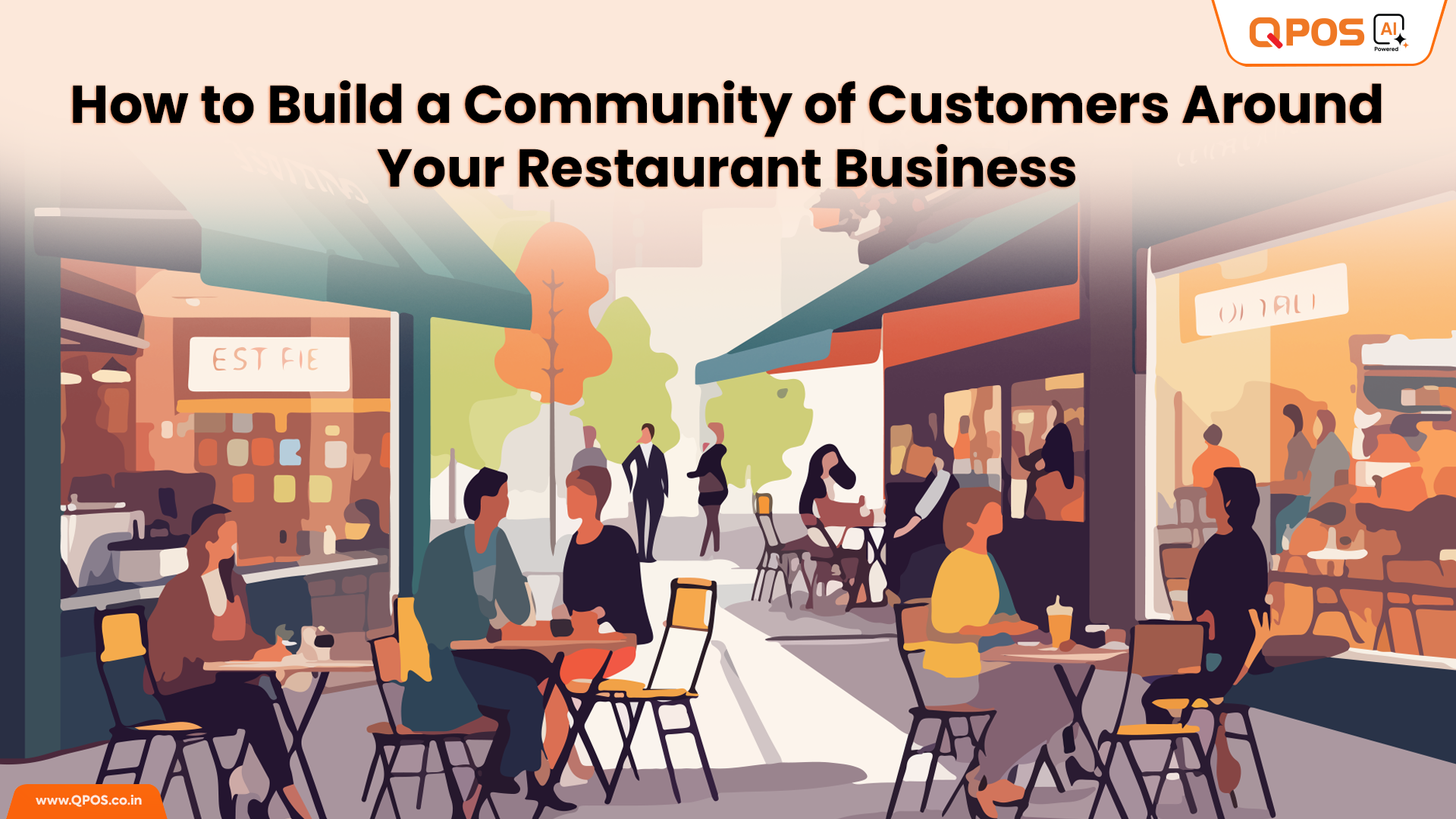
How to Build a Community of Customers Around Your Restaurant Business
Marketers, entrepreneurs, business strategists, or any sharp business mind would attest that word-of-mouth marketing has one of the most long-lasting impacts on business growth. Several years ago, the well-respected market research company Nielsen demonstrated the power of customer-driven publicity in one of its Global Trust in Advertising reports.
Around 92% of the people surveyed trusted recommendations from friends, family, and acquaintances over any other advertising media, the report mentioned; it also explained that website user-generated content instils faith in several prospective customers.
The key reason behind this marketing phenomenon is authenticity: customers who spend their hard-earned money on your product or service — the latter for F&B players — have no vested interest in promoting the business. Hence, restaurant community building is most likely one of the tactics PBCL (Pub, Bar, Cafe, & Lounge) business owners leverage to foster long-term restaurant customer loyalty.
Given the importance of creating a community of restaurant customers, we will explore the following in the blog:
- Effective restaurant community-building methods
- The role of restaurant management systems, including QPOS, in executing these key steps for fostering customer loyalty
Read on to gear your restaurant business for sustained growth and success!
What Are the Key Restaurant Community-Building Methods?
It is worth mentioning that the very idea of restaurant community building and restaurant customer loyalty efforts is to ensure that as many people as possible resonate with the business. Here are some ways that F&B enterprises can drive customer loyalty that stands the test of time:
Hosting local events
Event organisers often struggle to find affordable venues for small-scale or low-budget events, particularly in prime locations. This event management problem, on the other hand, is a lucrative opportunity for restaurants.
Imagine a cafe or a food outlet which has recently incurred hefty renovation or furnishing costs. Additionally, based on the spot, the rent or ownership cost could also be high. In such a case, heavy footfall is key to breaking even and becoming profitable.
Thus, an event contract attracting a big demographic to the outlet can promote the business to several people at once.
Further, when renting out the space, restaurant owners can crack a catering deal for the event while negotiating the cost of the venue, thereby grabbing a window to showcase their food quality and service to prospective customers. In other words, events promote businesses without additional advertising costs while also fetching profits from the contract.
Once impressed by the food and the ambience showcased during the event, these customers may spread the word and also return to the outlet in a personal capacity.
Most importantly, as people make happy memories during events, they are likely to associate happiness with the restaurant and keep coming back to cherish that warm feeling. These events include book club meetings, open mics, parties, and corporate gatherings, amongst others.
The strategy can also work with restaurants struggling to promote themselves or aiming to boost their sales.
On a different note, if the goal is to position the business as a socially responsible initiative, hosting a charity event may be a good idea. Depending on the finances, restaurateurs can decide whether they want to be venue partners only, i.e., leave the fundraising to the non-profit cause by not choosing to serve food or actively creating an event generating profits for donation.
Leveraging Social Media & Trends
This age-old sales strategy can be refined based on social media trends to create noise around the restaurant. For example, many restaurants today curate eye-catching decors that photograph well, drawing in social-media-savvy guests who want to post chic snaps on social networking sites.
In this manner, the restaurants boost profitability via orders from the guests and any subsequent footfall that follows their social media posts where they have tagged the restaurant.
Similarly, trending menus, such as Korean street food featured in K-drama series, can be an alternative to “Instagrammable” decor to attract a large crowd.
Wondering how to manage inventory and track sales amid the rush of restaurant community-building efforts?
Happy Hours
Offers during “happy hours” set a trend amongst customers, prompting them to plan visits and get-togethers at the restaurant. Sometimes, these offers include gifting merchandise to guests or a networking event for customers. Apart from higher sales, this gamification of restaurant sales makes it fun for customers, prompting repeat visits, thereby creating a strong base for restaurant customer loyalty.
Group Activities
Apart from external events, restaurants can organise their own group activities or events to build a community around their business. Take, for example, cooking classes or potlucks hosted on the restaurant premises. Such community-based activities create fellow feelings amongst participants, indirectly forming happy memories around the venue.
Unaware of the tools it takes to foster restaurant customer loyalty?
QPOS for Restaurant Customer Loyalty: Discover How ERPs Enable Restaurant Community Building
This section uses our advanced ERP, QPOS, to illustrate the importance of restaurant management systems in building a community around the business. Let’s explore:
In our blog titled, Restaurant Reporting: Top 6 Best Practices, we showed how QPOS can help restaurant owners make data-driven strategic decisions, including:
- Menu Engineering
- Inventory Planning & Optimisation
- Profit & Historical Data Analysis
These decisions remain important for happy hours, events, or any large-scale service. Moreover, our restaurant-specific ERP is also effective for tracking the ROI of these events.
When guests arrive at the restaurant, they share their details at the cash counter during the billing process, allowing the business to create a customer database for tracking individual as well as collective customer behaviour.
Similarly, during events, guest details can be directly logged into the ERP at the entry or can be later acquired using the visitor log. To avoid any discrepancy while digitising the visitor log records, QPOS has OCR (Optical Character Recognition) capabilities which can directly extract text from the records into the ERP.
Contact us to drive restaurant customer loyalty today!




































